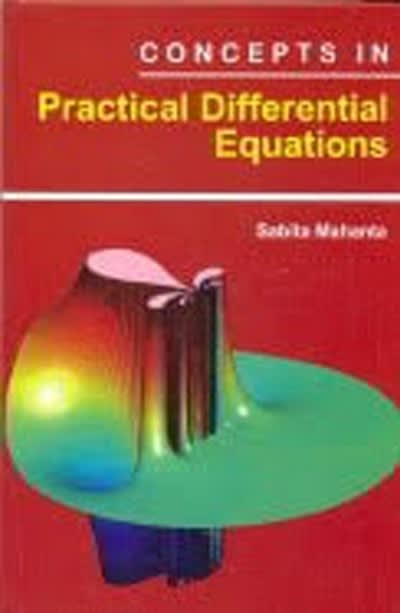Instructions: In 19?4, Loftus and Palmer conducted a classic study demonstrating how the language used to ask a question can inuence eyewitness memory. In the study, college students watched a lm of an automobile accident and i then were asked questions about what they saw. One group was asked, I"About how fast were the cars going when they smashed into each other?\" Another group was asked the same question except the verb was changed to "hit\" instead of \"smashed into.'I The \"smashed into" group reported signicantly higher estimates of speed than the "hit\" group. You, as a researcher wonder if Loftus and Palmer's study is reliable, and repeats this study with a sample of FIU students and obtains the following data. "Hit" Group "Smashed Into" Group 50 35 45 30 55 25 50 20 45 25 43 30 42 24 40 34 36 33 45 37 50 38 41 Your job is to determine if smashed into group reports higher speed than hit group. I suggest you start by calculating the means and standard deviations for each group.D Question 1 1 pts Select the null hypothesis O Ha: Smashed into group estimated higher speed than hit group O Ho: Smashed into group estimated lower or same speed than hit group(directional hypothesis) D Question 2 1 pts Select the alternative hypothesis O Ha: Smashed into group estimated higher speed than hit group O Ha: Smashed into group estimated lower or same speed than hit groupD Question 3 0.5 pts What is the risk level? O .5 O .01 O .25 O .05Some account s D Question 4 available until y 0.5 pts What is the best statistical test to use? O z-test O correlation test O t-Test for dependent samples O t-Test for independent samplesD Question 5 2 pts Compute the test statistic. The formula is below for you. Also, remember to use the variance rather than the standard deviation in your calculation. Which of the following is the value of the test statistic you computed? t= X 1 - X2 n1-1)s7+ (12-1)$3 n1+n2 n1+12-2 n1n2D Question 6 1 pts Now it's time to compare our obtained value [the one you just calculated) to the critical value. First, we'll need the degrees of freedom. What are the degrees of freedom? 019 039 033 040 D Question 7' 1 pts Should we use a "one tailed" or a "two tailed" test for this? To gure this out, think about whether it is directional or non-directional. 0 two tailed 0 one tailed Question 8 1 pts What is the critical value for this statistical test? (hint: you'll need your answers to the previous two questions, as well as your \"level of risk\"; remember, if the exact degrees of freedom aren't in the t-I'est table of critical values. you can choose the closest Ivalue that is there}. 0 1.69 O 1.56 O 2.42 O 2.02 Question 9 1 pts Based on your answer to the previous question, what is your decision? 0 No answer text provided. 0 Fail to reject the null hypothesis 0 Reject the null hypothesis 0 No answer text provided. D Question 10 1 pts What does this all mean? (choose the best interpretation for the findings from this study). O The group that was told the cars "smashed into" each other reported significantly slower speeds than the group that was told the cars "hit" each other. O The group that was told the cars "smashed into" each other reported significantly faster speeds than the group that was told the cars "hit" each other. O The group that was told the cars "smashed into" each other reported similar speeds to the group that was told the cars "hit" each other















